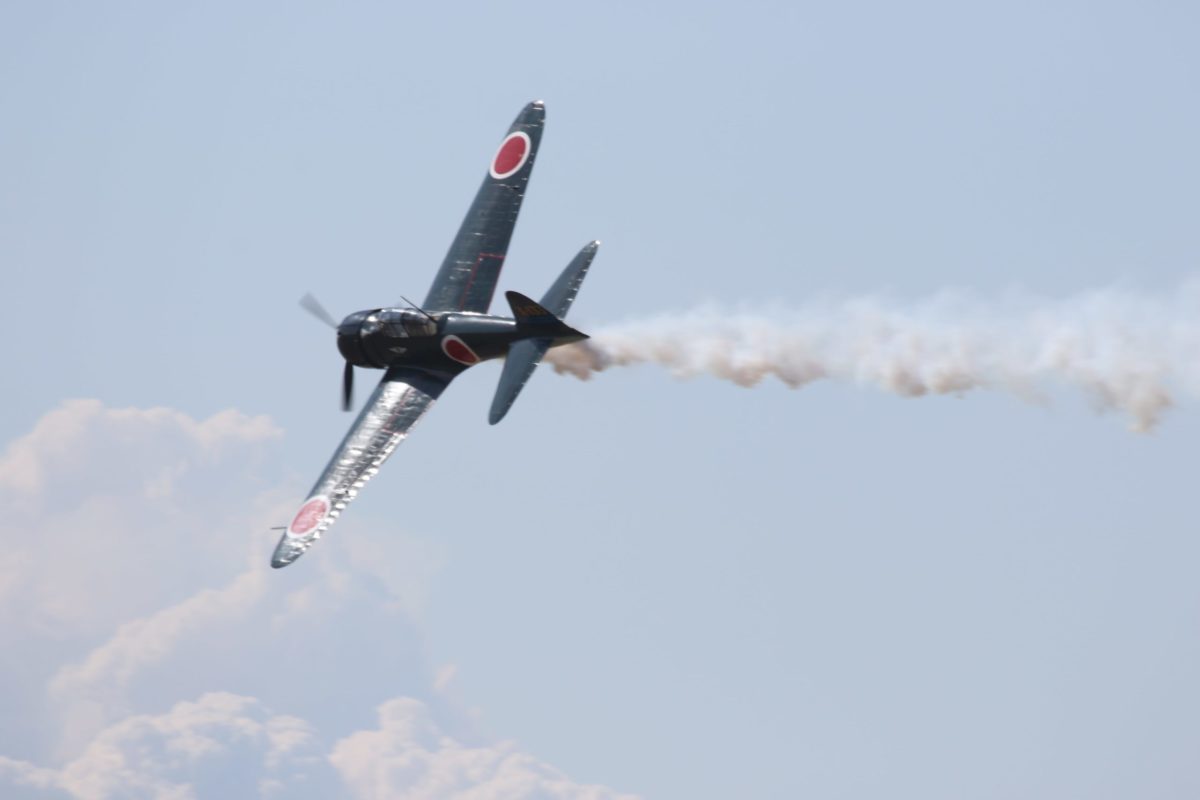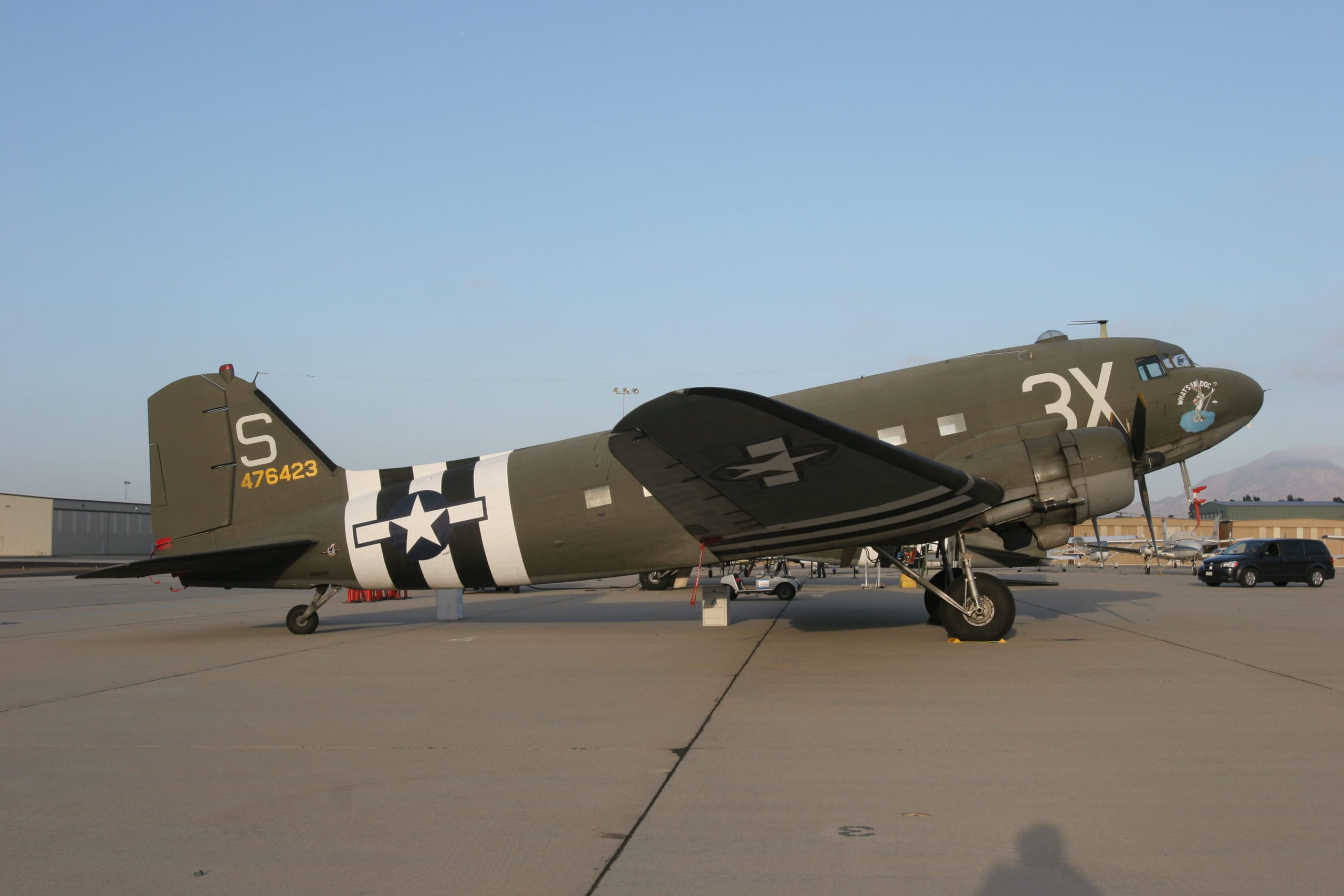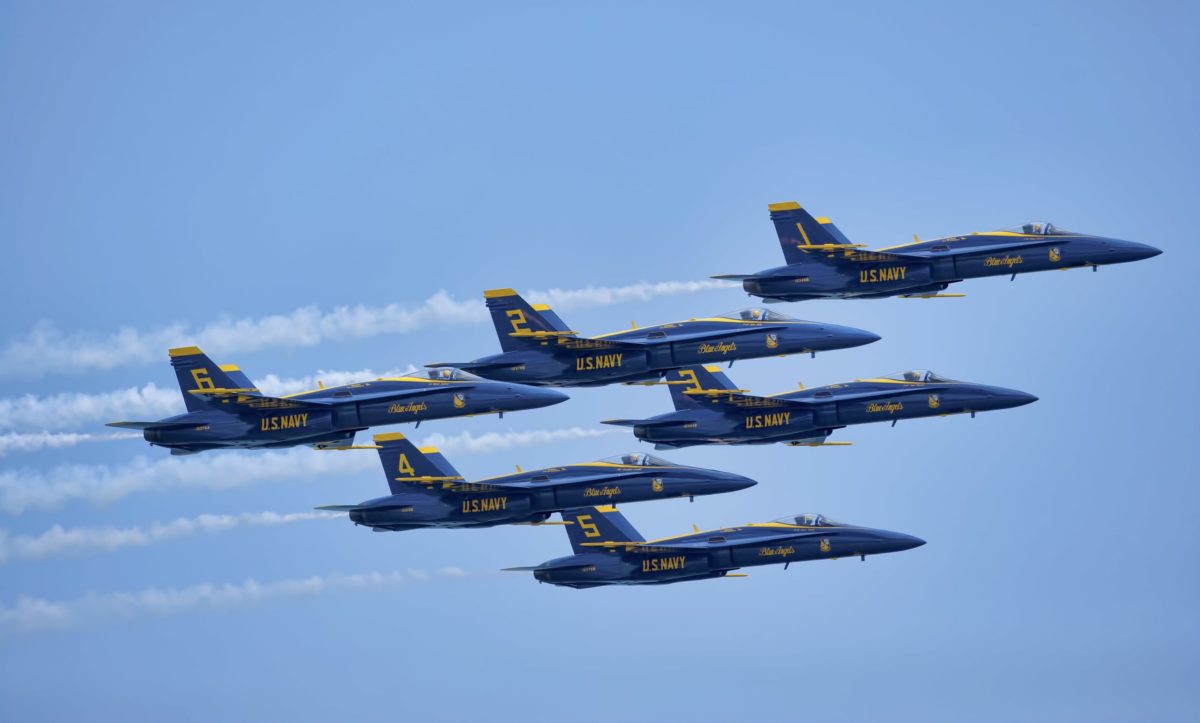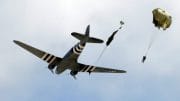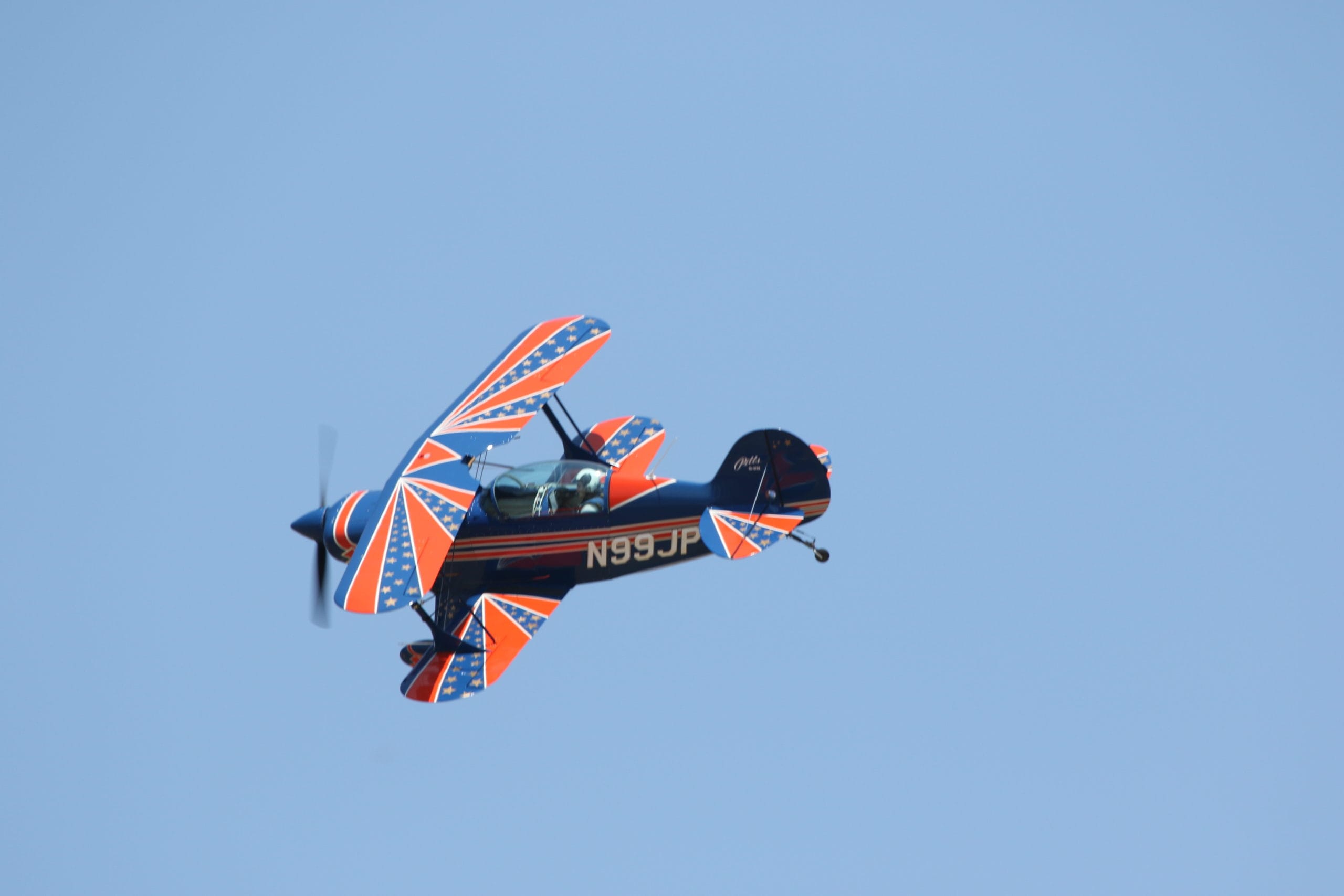Breaking the Sound Barrier: Understanding Sound and Flight
What do you understand by the term ‘fast’? Well, prepare to be amazed. Breaking the sound barrier was once thought impossible, now it happens pretty regularly! Some interesting things happen when airplanes fly subsonic. Today we will look at what it means to break the sound barrier, what it takes to do it, and even give you a little history behind this impressive feat!
Breaking the Sound Barrier: The History of Man Conquering Physics
Man conquering physics?
Yes, in fact, it was one man in particular.
Chuck Yeager was the first person ever to fly faster than the speed of sound. A World War II fighter ace, on October 14th, 1947, Yeager ‘lit the candle’ and propelled himself faster than any person had ever traveled before.
‘Glamorous Glennis‘ (the name Chuck christened the Bell X-1) was shaped like a bullet, with thin stubby wings and four rocket engines exceeded 662 miles per hour, shooting Yeager and the aircraft into the history books. The sonic boom heard on the ground, a pressure wave created by this amazing feat, heralded a new era in aviation.
The flight wasn’t without its troubles. Several attempts had been made before. Yeager was actually hiding the fact that he had broken two ribs on his successful attempt, as he knew he would be forbidden from completing the mission.
That’s some dedication, especially considering how perilous and unchartered the mission was!
What Does Breaking the Sound Barrier Mean?
To break the sound barrier means an aircraft or any object must exceed a term known as Mach 1. Mach 1 refers to the local speed of sound.
Local?
That’s right. The speed of sound varies dependent on the local temperature. At higher temperatures, the speed of sound is much quicker. Meaning it takes more energy and speed to fly faster. At colder temperatures, the speed of sound is less, making it easier to exceed it.
It’s so difficult because of something called compressibility. As an object moves through, the air is brought to rest against it. At high speeds, this air is compressed.
The problem?
When you compress air, it begins to heat up and rise in pressure. Remember what we said about the ‘local’ speed of sound? With an increase in temperature, the speed of sound changes. As a result, certain parts of the airframe will begin to exceed the local speed of sound where others don’t.
The upshot?
You’ll get heavy buffeting and shaking. So much so that it can be dangerous. Chuck Yeager experienced such buffeting on several earlier flights in the X-1.
But what actually happens when an aircraft breaks the sound barrier?
Essentially, sound is the vibration of air molecules (when you ‘hear’ something, it is actually air vibrating against your eardrum). As we’ve already discussed, this has a given speed, depending on things like temperature.
As an airplane accelerates, these vibrating waves of air begin to pile up. If you keep accelerating, eventually, the airplane will ‘burst through’ these pressure waves and is literally flying faster than the speed of sound!
This also creates a pretty large bang. It’s called a sonic boom.
Want to what it looks and sounds like?
Which Aircraft can Break the Sound Barrier?
You might be surprised to learn that several aircraft are capable of breaking the sound barrier. The problem comes in surviving the significant buffet and being able to maintain control!
Jet airliners travel around at about 500-600 miles per hour. At altitude, they refer to their speed in terms of Mach… Normally this is around Mach 0.8, or to put it in easy-to-understand terms, 80% of the speed of sound. It would only take a shallow dive to exceed this limit!
More typically, the only aircraft to break the sound barrier recently have been military jet aircraft. They normally have a few key features worth looking out for. These include:
- Either straight or delta wings – Both of these are more suited to transonic flight
- Powerful jet engines – These engines offer rapid acceleration, minimizing the time that an airplane is subjected to ‘mach buffet.’
- Sharp and pointy noses – This helps to avoid shockwaves building on the nose
- Short wings – Just like ‘Glamorous Glennis,’ smaller wings produce smaller shockwaves, making the aircraft more controllable when approaching the sound barrier.
Next time you are at an airshow, see if you can see any military jets. They are often designed to fly faster than the speed of sound.
You won’t tend to see them perform this act…
Why?
Because the boom is so loud, it can damage property (and people’s hearing!).
Interesting Facts About Breaking the Sound Barrier
Breaking the sound barrier presents some interesting results. Here are some things you might want to remember to impress your friends…
When pilots break the sound barrier, they don’t hear the boom!
Why? Because they are traveling faster than sound, of course. If you saw an aircraft breaking the sound barrier while you were stood on the ground, you’d hear an almighty bang. The pilot won’t hear anything at all because he is flying faster than the boom!
It isn’t only airplanes that have broken the sound barrier!
There is a type of ‘car’ that has broken the sound barrier! The Thrust SSC is a rocket-powered ground-based vehicle that traveled at 763 mph!
And that’s not all.
A human being has broken the sound barrier all on their own (well, with a little help from gravity). In October 2012, Felix Baumgartner launched himself from a stratospheric balloon, and his velocity on the way down exceeded the speed of sound
Have you cracked a whip? If so, you have broken the sound barrier!
If you’ve ever cracked a whip, you will have created a tiny sonic boom. The very tip of the whip actually exceeds the local speed of sound. That’s what makes the ‘cracking’ sound!
While you might not witness aircraft breaking the sound barrier, at Wings Over Camarillo Airshow, there is still plenty of speed. Many of the jets you see are capable of transonic flight. Most are loud enough, even without the sonic boom! Check out jet fighters like the MiG-17 and FA-18 Hornet! Why not take a look at our schedule and see when our next event is?
Ready to Soar with Us?

